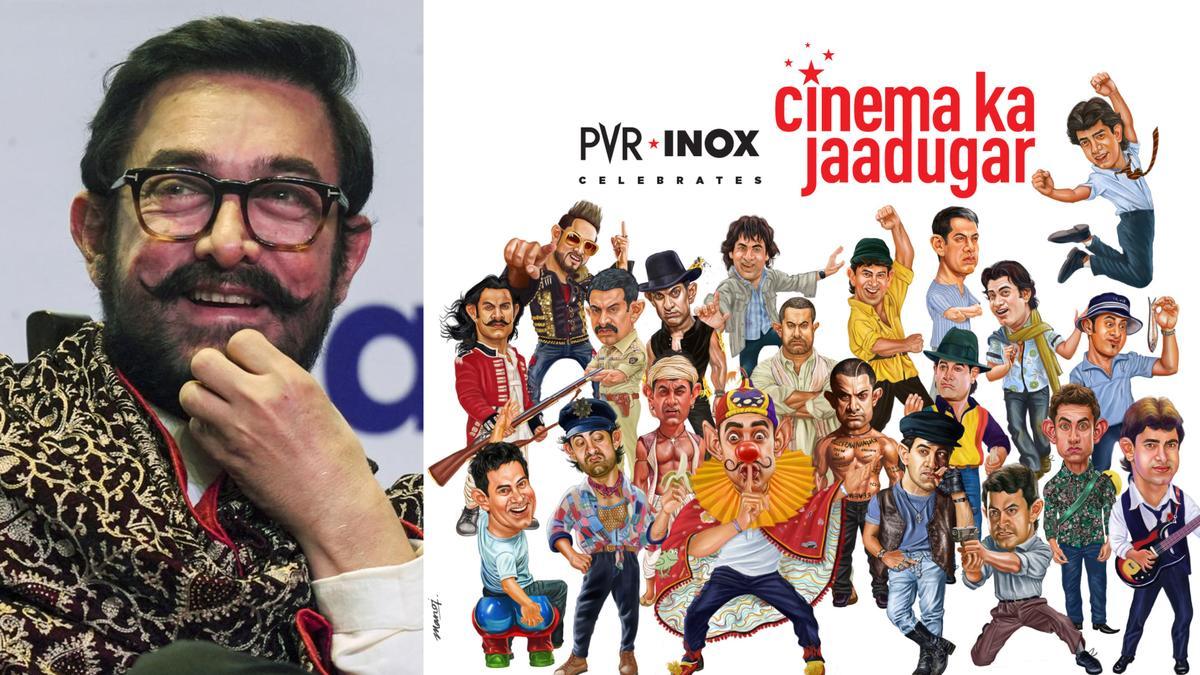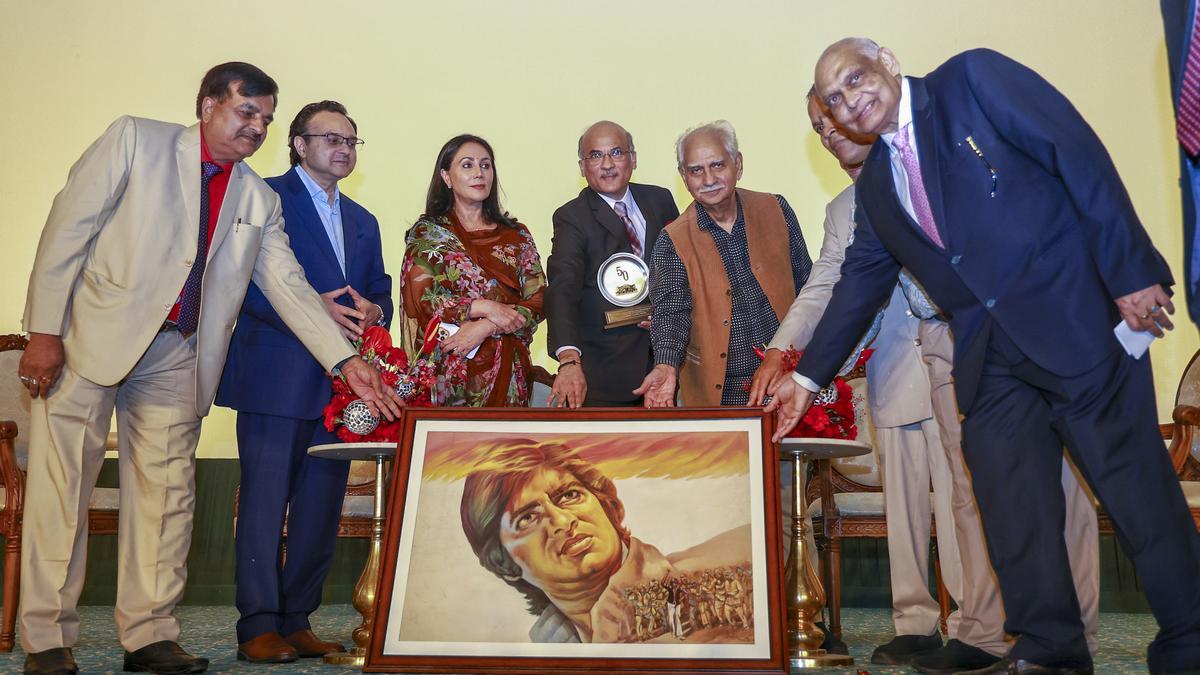
In a bold act resonating with themes of solidarity and worker rights, Oscar-winning actress Anne Hathaway withdrew from a scheduled Vanity Fair photoshoot upon learning of a strike by Condé Nast’s union workers. On an otherwise regular Tuesday, the acclaimed star distinguished herself not just for her celebrated presence on screen, but as a staunch ally off-screen when she made a consequential decision that would draw the media’s attention toward labor disputes at one of the world’s leading publishing houses.
The reason behind her profound exit was the ongoing labor tension spurred by an announced 24-hour work stoppage organized by the unionized employees of Condé Nast. This collective action, which involved hundreds of staff members, was a response to the looming threat of significant job cuts. Vanity Fair, an iconic publication known for its cultural critique and insightful coverage of current events, is part of the Condé Nast family, and its workplace issues suddenly became the center stage for this unexpected but newsworthy development.
Variety reported that upon arrival at the New York set for her Vanity Fair photoshoot, Hathaway was unaware of the predicaments facing the company’s staff. It wasn’t until a representative from SAG-AFTRA, the union that represents actors, journalists, and media professionals, informed her team of the protests that the situation came to light for her. Before even a single photograph was snapped, upon being made aware of the contentious backdrop, Hathaway made the decision to forgo her participation, effectively leaving behind the hair and makeup preparations to stand in unity with those advocating for fair labor practices.
The labor unrest at Condé Nast has been an escalating issue. The merging of the men’s lifestyle magazine GQ with the digital music outlet Pitchfork—both under the Condé Nast umbrella—was the catalyst for recent dismissals at Pitchfork. This restructuring, bringing forth a wave of layoffs, pushed the unionized workforce to its limits, prompting organized demonstrations against the feared job insecurities.
Hathaway’s admirable choice has not only highlighted her as an individual with a deep sense of justice but also shone a spotlight on the underlying labor disputes within the media industry. Her support of the strike serves as a poignant reminder of the significant impact high-profile personalities can have when they lend their voice to critical societal and workplace issues.
This incident has further underscored the complexities media companies are facing as the industry continues to evolve amidst digitization and economic pressures. The challenge of balancing business imperatives with the well-being and security of their workforce has brought about a significant examination of the landscape and prompted dialogue around the future of media employment.
Anne Hathaway’s unexpected departure underlines a narrative beyond film and celebrity, reflecting the contemporary discourse on labor relations and the importance of solidarity. As the event gains traction in the news and on social platforms, it’s evident that actions such as Hathaway’s carry a weight that transcends the immediate and sparks deeper, more wide-reaching conversations about the values we, as a society, champion in the world of work.
In the timber of studios and glossy magazine pages, the voices of those unseen are often overshadowed. However, it’s in the convergence of integrity from those in the limelight, like Hathaway, and the unyielding spirit of union staff, that we are reminded of the ongoing narrative of worker rights and the enduring quest for a fairer and more equitable industry for all those who build their livelihood in it. For now, the cameras may be still, but the story is far from over, as the world watches how this act of solidarity will unfold and what lasting effects it may have on the business of media and entertainment.










